Monthly Archives: January 2025
SOURCE: IDRW.ORG
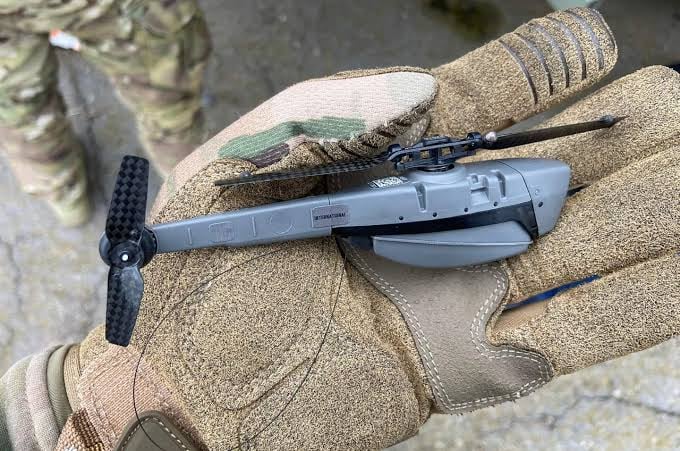

The Indian Army’s elite Special Forces Para unit is set to bolster its reconnaissance and surveillance capabilities with the acquisition of 200 more units of the Black Hornet Nano Drone. Developed by the Norway-based company Prox Dynamics AS, this micro UAV has proven to be an invaluable asset in modern warfare, offering unparalleled stealth and agility.
The Black Hornet Nano Drone is notably compact, with dimensions of 16 cm in length and 2.5 cm in width, making it one of the smallest drones in military use. Weighing just 18 grams with its battery, it provides soldiers with a lightweight surveillance tool that can be carried with ease. It has an operational range of up to 2 kilometers, allowing for extensive reconnaissance in various environments without compromising the safety of the troops.
Continue readingSOURCE: AFI
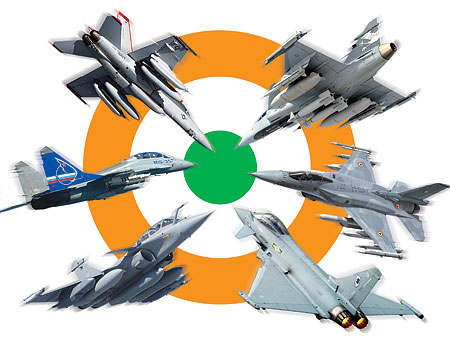

In a candid reflection on one of India’s largest defense procurement efforts, Air Marshal M. Matheswaran (retired), who was intricately involved in the tendering process for the 126 Medium Multi-Role Combat Aircraft (MMRCA) for the Indian Air Force (IAF), has expressed regret over the decision to not proceed with the contract. “MMRCA should have gone through. It was a blunder not going for it,” he stated in an interview with the EurAsian Times, highlighting the potential benefits that were lost.
The MMRCA project, initially conceived in August 2000 with a proposal to acquire 126 Mirage 2000 II aircraft, underwent significant changes. By 2004, the original proposal was discarded, and in 2007, a new initiative was launched to procure 126 aircraft under the MMRCA banner. This process, which lasted nearly 15 years, involved extensive evaluations and negotiations before being abruptly terminated in 2016, with the Indian government opting instead to purchase 36 Rafale jets directly from France as an emergency measure.
Continue readingSOURCE: AFI
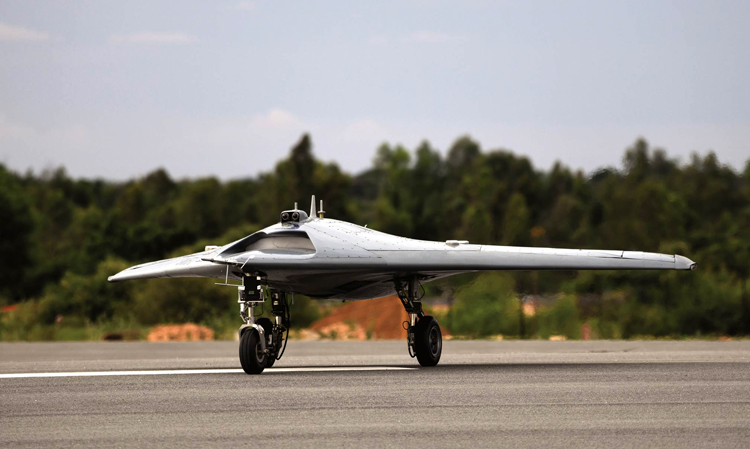

India is on the brink of a significant advancement in unmanned combat aerial technology with its top-tier project, the Remotely Piloted Strike Aircraft (RPSA). As preparations for the crucial Cabinet Committee on Security (CCS) papers gather pace, the project stands at a pivotal juncture, awaiting the momentum that CCS approval could provide.
The journey towards making the RPSA a reality involves rigorous scrutiny at the highest levels of government. The CCS approval is not just a formality but a vital step that could unlock funding, resources, and strategic focus necessary for this high-stakes project. “The preparations for the CCS papers are underway,” an official source revealed. With the Indian Air Force (IAF) expressing strong confidence in the RPSA’s potential, there’s a palpable optimism that this could sway the CCS’s decision in favor of the project.
Continue readingSOURCE: AFI


The Indian Air Force (IAF) has been taken aback by the news that Pakistan is set to procure 40 J-35A fifth-generation stealth fighter jets from China. This development places Pakistan ahead of India in terms of deploying next-generation combat aircraft, with the IAF’s own fifth-generation fighter, the Advanced Medium Combat Aircraft (AMCA) MkI, not expected to enter service for another 7 to 9 years.
The introduction of J-35A jets into the Pakistan Air Force (PAF) will give Pakistan a significant technological edge over India for the foreseeable future, potentially affecting the strategic balance in South Asia.
Continue readingSOURCE: AFI


The Confederation of Indian Industry (CII) has made a compelling case to the Indian Government for extending the Production Linked Incentive (PLI) scheme to include the manufacturing of electric Vertical Take-Off and Landing (eVTOL) aircraft and their components. This push comes at a time when the global landscape of urban air mobility is rapidly evolving, and India aims to position itself as a leader in this innovative sector.
Several Indian startups stand to gain significantly from such an initiative. Companies like ePlane Company, sarla aviation, and Bluj Aero are at the forefront of eVTOL technology in India. The extension of the PLI scheme could provide these firms with the financial incentives needed to scale up their operations, invest in R&D, and bring their designs from concept to market. This would not only accelerate technological development but also foster job creation and skill enhancement within the country.
Continue readingSOURCE: AFI


The political landscape in Canada has been witnessing a significant shift, with the possibility of a Khalistani sympathizer ascending to the role of Prime Minister in the near future. This scenario, while speculative, is grounded in the increasing influence of the Sikh community within Canadian politics and the vocal support for Khalistani causes by certain political figures.
Here’s an analysis of this potential development and its repercussions on India-Canada relations.
Continue readingSOURCE: RAUNAK KUNDE / NEWS BEAT / IDRW.ORG

The Gas Turbine Research Establishment (GTRE), a key division under the Defence Research and Development Organisation (DRDO), is reportedly seeking clearance to work on an upgraded Kaveri engine capable of generating 90kN of thrust. This engine, intended for the Tejas Mk1A fighter program and potentially for the Tejas MkII, requires significant advancements, including the development of an entirely new core and substantial funding for the project.
The existing Kaveri engine core can produce a thrust of 46-49kN, which falls short of the requirements for next-generation fighter platforms. To achieve the targeted 90kN thrust, the new Kaveri engine will need to deliver nearly 60kN of thrust in dry power, with afterburners providing the additional boost. Achieving this capability demands the design of a new core that can sustain higher pressure and temperature ratios while maintaining reliability and efficiency.
Continue readingSOURCE: RAUNAK KUNDE / NEWS BEAT / IDRW.ORG


Hindustan Aeronautics Limited (HAL) has recently experienced a notable increase in inquiries from various countries looking to procure spares for the AL-31F engines, which power the Su-30 family of fighter jets. This uptick in interest is largely due to delays in Russian supply chains, exacerbated by the ongoing conflict and the heavy operational use of the Su-30SM in frontline engagements.
The AL-31F, developed by Russia’s Ufa Engine Industrial Association (UMPO), is a critical component of the Su-30 aircraft, including the Indian variant, the Su-30MKI. Known for its reliability and performance, the engine has been integral to the operational capabilities of numerous air forces worldwide.
Continue readingSOURCE: RAUNAK KUNDE / NEWS BEAT / IDRW.ORG


The Indian Navy is actively exploring the development of long-range unmanned aerial vehicles (UAVs) capable of sustained surveillance over the Indian Ocean Region (IOR) while offering quicker reaction times. This move is part of a broader strategy to strengthen maritime domain awareness and bolster capabilities in monitoring naval activities in the region.
The Navy has already set plans to acquire the MQ-9 Reaper drones for intelligence, surveillance, and reconnaissance (ISR) roles. However, officials are also looking at larger, jet-powered unmanned platforms that can address gaps in operational speed and range. A naval official, speaking to idrw.org, highlighted the limitations of High-Altitude Long-Endurance (HALE) UAVs powered by turboprop engines, which, while suitable for persistent monitoring, lack the speed required to rapidly reach distant areas of interest.
Continue readingSOURCE: AFI


The Light Combat Aircraft (LCA) Tejas, a flagship program of India’s indigenous defense manufacturing capabilities, marked 24 years since its maiden flight on January 4, 2001. While the platform has showcased India’s growing self-reliance in defense technology, the program has faced significant criticism for its sluggish pace of development, delays in production, and limited inductions into the Indian Air Force (IAF) even after more than two decades.
The LCA Tejas, developed by the Aeronautical Development Agency (ADA) and manufactured by Hindustan Aeronautics Limited (HAL), was envisioned as a fourth-generation lightweight, multi-role combat aircraft to replace India’s aging fleet of MiG-21 fighters. It was designed to strengthen India’s defense manufacturing ecosystem and reduce reliance on foreign imports.
Continue readingSOURCE: AFI


As Aero India 2025 approaches, the aerospace community is buzzing with anticipation for new program announcements and project unveilings. However, this enthusiasm is often tempered by the reality of prolonged development timelines in India’s defense public sector undertakings (DPSUs).
Historically, the announcement of new aerospace programs at events like Aero India has been accompanied by the display of scale models, symbolizing future aspirations. Yet, the journey from these announcements to actual flying prototypes typically spans 5-6 years or more. This extended timeline has frequently led to criticism and skepticism about the efficiency and urgency of India’s defense projects.
Continue readingSOURCE: AFI


The Indian Army is making significant strides in operational adaptability by integrating the ATOR N1200 Specialist Mobility Vehicle (SMV) into its arsenal, specifically tailored to conquer the daunting terrains of Sikkim. This innovative vehicle, known for its unparalleled versatility and robustness, is transforming how the military navigates through some of the world’s most challenging landscapes, from snow-laden peaks to rugged, uneven ground.
The ATOR N1200, an indigenized version of the SHERP N1200 from Ukraine, is designed to operate in environments where conventional vehicles falter. With its amphibious capabilities, the ATOR can traverse not only land but also water bodies, making it ideal for the diverse and unpredictable terrains of Sikkim. Its ability to maneuver through dense forests, over rocky outcrops, and across rivers and lakes showcases its true “go-anywhere” potential.
Continue readingSOURCE: AFI


In a significant step towards bolstering India’s indigenous defence manufacturing capabilities, Hindustan Aeronautics Limited (HAL) has established a Contract Negotiation Committee (CNC) with the aim to finalize the agreement for the local production of GE-F414-INS6 engines by March 2025. This development comes amidst ongoing efforts to enhance India’s aerospace sector under the ‘Make in India’ initiative.
The GE-F414-INS6, an advanced variant of the F414 engine, is designed to power India’s next-generation combat aircraft, notably the Tejas MkII. With its 98 kN thrust, this engine offers superior performance compared to the F404 engines currently used in the Tejas Mk1 and Mk1A variants.
Continue readingSOURCE: IDRW.ORG
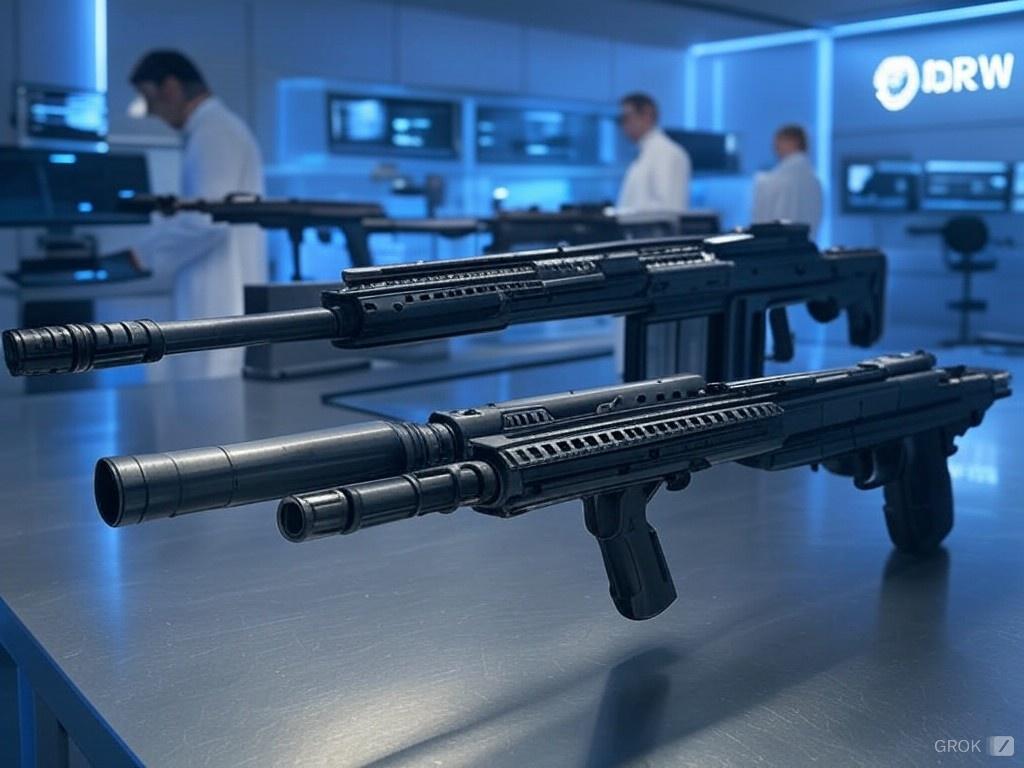

In a move that signifies deepening defense ties, India and Saudi Arabia have embarked on discussions to jointly explore the co-development of next-generation weapons systems. This collaboration is part of a broader strategic partnership between the two nations, aiming to leverage their respective strengths in defense technology and manufacturing.
The talks, as reported by defense industry insiders and posts found on X, focus on areas where both countries can benefit from shared expertise, particularly in emerging technologies like artificial intelligence, cybersecurity, and unmanned systems. The dialogue aligns with Saudi Arabia’s Vision 2030, which includes ambitions to localize 50% of its defense spending, and India’s ‘Make in India’ initiative, which promotes indigenous design and manufacturing of defense equipment.
Continue readingSOURCE: IDRW.ORG
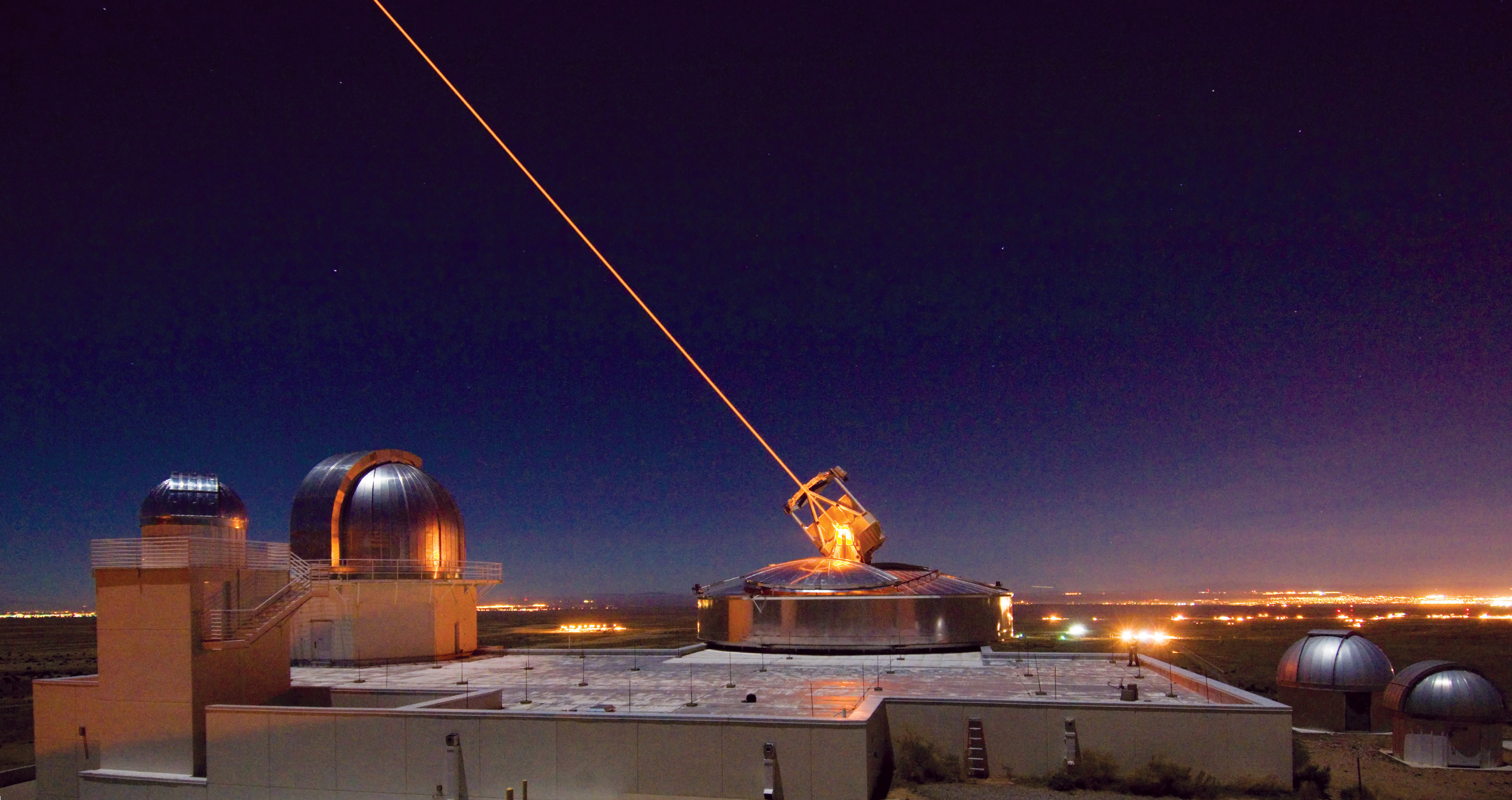

In response to the evolving aerial threat landscape, particularly the growing menace of loitering munitions and subsonic cruise missiles, the Indian Navy is actively planning to integrate Directed Energy Weapons (DEWs) into its aircraft carrier operations. This initiative aims to provide a robust defense mechanism against these modern threats, ensuring the safety and operational integrity of India’s naval aviation assets.
Loitering munitions, sometimes referred to as “suicide drones,” and subsonic cruise missiles represent a significant challenge due to their low cost, high maneuverability, and ability to loiter over a target area before striking. These weapons have shifted the dynamics of naval warfare, necessitating innovative defense solutions like DEWs, which offer speed-of-light engagement capabilities, potentially neutralizing threats before they can cause damage.
Continue reading